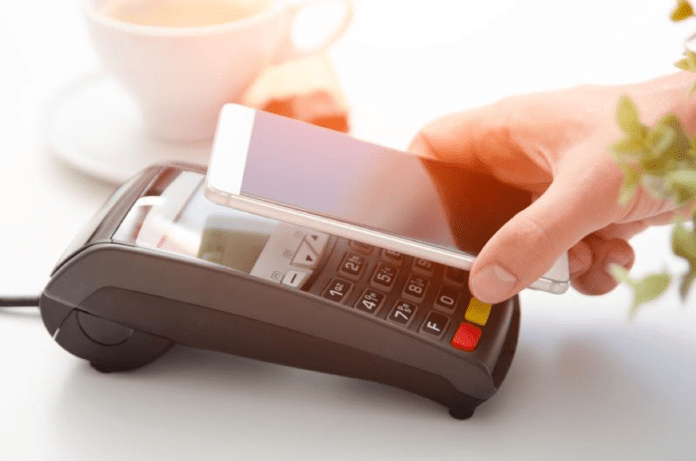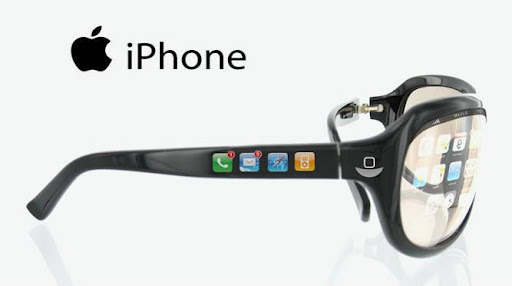Since the introduction of smartphone and tablet technology to the average user, there has not been a better way to utilize the advanced IOS and Android App features for payment processing. The modern merchant doesn’t have to concern himself with all the features of the previous POS system for payment verification. However, the POS system can sometimes become unreliable since the system depends upon a steady phone connection and a connected utility source. Now, the merchant just needs an attached card swipe reader to process payments on his tablet or smartphone. With the proper training, payments can be accepted anywhere there is a strong internet and cellular connection.
What is Mobile Processing?
As Unibul explains in depth, when a customer gives his credit or debit card to the merchant, several steps occur in the authorization process. First, the card attempts an authorization to the receiving bank. The bank will determine if the customer has enough funds to cover the transaction. Once the bank determines there are enough funds to cover the transaction, funds are then immediately transferred from the customer’s account to the merchant’s account. Finally, the funds are settled in the merchant’s account. Normally, it will take one to two business days before the merchant has access to the funds.
Security Standards
It is an excellent choice if you have a card reader that can interpret magnetic strip and computer chip technology. Plastic cards that have computer chip technology make it extremely difficult for hackers to impersonate the card. Cards with the magnetic strip are never updated since all information is stored on the card.
EMV Technology is the standard for computer chip cards. All the information on the computer chip card is encrypted. The information on the computer chip card is constantly in a state of influx. This makes it difficult for hackers to fraudulently diffuse the computer chip card for personal use.
According to Merchant One, the standards for secure mobile payments are very strict, which makes mobile payments fairly secure. Whenever a merchant swipes a debit or a credit card, the transaction is given a new encrypted code for processing. This makes it extremely unlikely that the customer’s information will be used in a fraudulent manner.
Swipe Fees
All customers should be aware of swipe fees. InvestingAnswers explains that swipe fees, also known as interchange fees, refers to the hidden cost paid by merchants to card-issuing banks and credit card companies for processing credit card and debit card transactions. Some vendors charge merchants a flat fee depending on their monthly sales volume. Other card providers charge fees irrespective of the usage per month. As a result of these fees, some merchants will charge a fee for customers to use their cards.
Mobile payment processing is designed to make paying for goods and services easier for customers and merchants alike. With proper training, merchants will be able to offer you a seamless shopping experience.
Did you find this content interesting? Read more like it from TechNewsGadget:



















